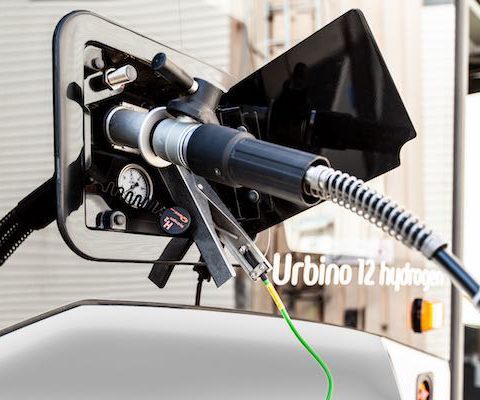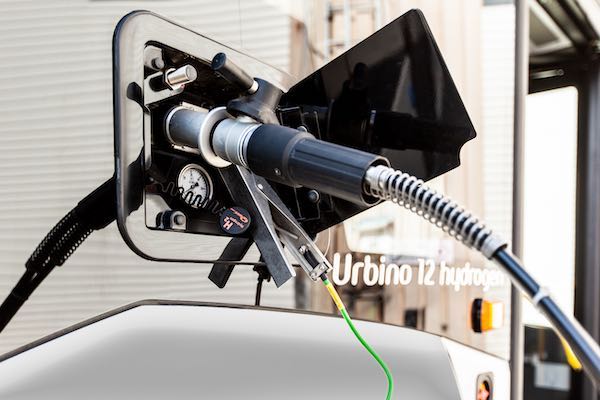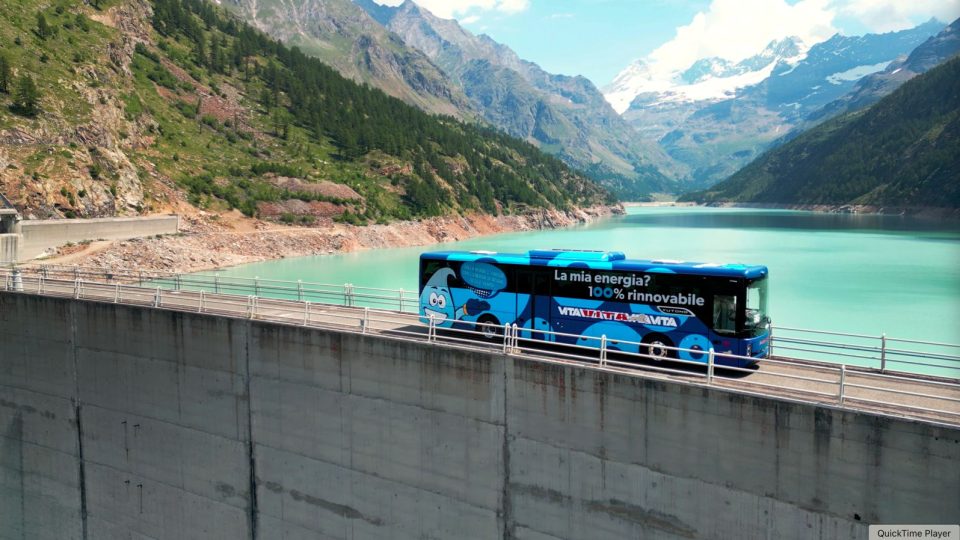StasHH: the European consortium for standardization of fuel cell modules for heavy-duty
StasHH consortium has been launched: it involves 25 leading organisations in the hydrogen sector which are joining forces to define, develop and test the first European standard for fuel cell modules for heavy duty applications. Among the players we could mention the fuel cell modules provider Ballard Power Systems, Alstom, Nuvera, Proton, Solaris Bus & Coach (that made it public with […]

StasHH consortium has been launched: it involves 25 leading organisations in the hydrogen sector which are joining forces to define, develop and test the first European standard for fuel cell modules for heavy duty applications. Among the players we could mention the fuel cell modules provider Ballard Power Systems, Alstom, Nuvera, Proton, Solaris Bus & Coach (that made it public with a press note), Symbio, Toyota VDL.
This standard for fuel cell modules may be the game changer that the fuel cell industry requires to enhance market competitiveness by enabling competition, cost reduction and mass production, the partners point out. The consortium operating together as “StasHH” comprises 11 fuel cell module suppliers, 9 original equipment manufacturers and 5 research, test, engineering and/or knowledge institutes and will standardise physical dimensions, flow and digital interfaces, test protocols and safety requirements of the fuel cell modules that can be stacked and integrated in heavy duty applications like forklifts, buses, trucks, trains, ships, and construction equipment.

The launch of StasHH consortium
StasHH consortium receives 7.5 M€ funding from the European Union, through the Fuel Cells and Hydrogen Joint Undertaking, in order to kickstart the adoption of fuel cells in the heavy duty sector. The total budget is 15.2 M€.
The size nomenclature for batteries has been well established over time and became known as the “AA-series” nomenclature and has resulted in a rapid adoption of battery technologies into a wide variety of applications. A similar nomenclature, denoted as the “HH-series” is envisioned by the StasHH consortium for fuel cell modules, which are at the heart of any fuel cell system. Upon reaching an industrial consensus between fuel cell module suppliers and OEMs regarding the standard, the fuel cell module suppliers in the consortium will design and develop standardised modules for different power classes.
The modules will be tested by the test centres in the consortium upon key indicators to benchmark performance and safety. Meanwhile the consortium will make a committed and devoted effort to promote the standard at the appropriate European and international regulation, codes and standards platforms to enable the worldwide adoption of the standard. Proper dissemination is guaranteed and exploitation efforts to external fuel cell module suppliers and OEMs is foreseen.
StasHH partners, the list
The 25 organisations that are part of the StasHH consortium are Alstom Transport SA, AVL List GmbH, Ballard Power Systems Europe A/S, Centro per gli Studi di Tecnica Navale CETENA S.p.A., Commissariat à l’Energie Atomique et aux Energies Alternatives, DAMEN, ElringKlinger Fuelcell Systems Austria GmbH, FCP Fuel Cell Powertrain GmbH, FEV Europe GmbH (supported by FEV Software and Testing Solutions GmbH), Freudenberg FST GmbH, Future Proof Shipping BV, Hydrogenics GmbH (Hydrogenics GmbH is now part of Cummins), Intelligent Energy Limited, Nedstack Fuel Cell Technology BV, Netherlands Organization for Applied Scientific Research (TNO), Nuvera Fuel Cells Europe, Proton Motor Fuel Cell GmbH, SINTEF AS, Solaris Bus & Coach sp. z o.o., Symbio SAS, Toyota Motor Europe NV/SA, VDL Enabling Transport Solutions BV, VDL Energy Systems, Volvo Construction Equipment (supported by Volvo Technology and Volvo Penta), WaterstofNet vzw.
FCH JU: StasHH project to ramp up hydrogen applications
Bart Biebuyck, Executive Director, Fuel Cells and Hydrogen Joint Undertaking (FCH JU) said: “We are proud to support this strategically important project as a main step towards the decarbonisation of the transport sector. The project outcomes of StasHH will not only stimulate greater competition among fuel cell suppliers, but will also enrich the offer and make it easier to integrate fuel cells systems in heavy-duty powertrains. With its specific focus on the heavy-truck sector, this project will play an essential role in reaching the common target of 100.000 trucks by 2030 set in the joint coalition statement of industry representatives last December.”
According to Federico Zenith, coordinator of the StasHH consortium: “StasHH is Europe’s best chance to jump-start the adoption of hydrogen in heavy-duty mobility, a sector that cannot be easily electrified with batteries due to weight, cost or other limitations. Pooling together multiple markets and enabling competition, mass production and automation, we aim to make a decisive contribution to the phase-out of fossil fuels and to deploy new technology for a better society.”









